Ask Jack: Just Once, Can't We Figure Out What We Keep Doing Wrong?

It’s time to refill the hopper on the questions that keep you awake at night. Send them to askjack@calamarco.com. Help me help you. If you’ve sent me a question and you don’t yet have an answer, feel free to send it again or just remind me to look for your email. You would be amazed at the volume of correspondence I get every day, most of it from people who want to learn how to get press cars. Why would you ask me that? Ask a mommyblogger.
With that out of the way, let’s get to a question that, truthfully, should be asked a lot more often than it currently is being asked, both by customers and manufacturers.
John writes:
It would seem to me that with all the data available to an automaker (warranty claims, parts demand, etc.) any car company should be able to look at the failures, correct them, and go forward.
And yet, so many don’t. Do they just figure it’s cheaper to run junk, and fix what they have to, and not invest the time and money to fix problems?
Take Fiat for example. Really? Why? It’s a cute car. People will buy it. Why make them suffer?
What about VW? When they first came to the US, it was about value, including reliability. They want to be Toyota, and yet they miss the point of how important reliability is to a mass market car-as-appliance buyer. I’ll have another Camry, they all say. How can they not see this?
This eminently sensible question deserves an answer. In this case, I have several answers, listed below.
- Virtually all mass-market cars are exceptionally reliable nowadays. You often hear people ask, “Why can’t cars be as reliable as a W123 Benz?” As fate would have it, my best friend went to work in the parts department of a Benz dealer in 1988 and I very well recall all the afternoons we sat around in the shop laughing about how crappy the W123 cars were. In fact, pretty much all of the famously reliable old Benzes would subject their owners to one or two unscheduled service visits a year, starting on Day One. To put it in perspective, my 2009 Lincoln Town Car made it through 113,000 miles with just two unplanned stops. One was for a door lock and another was for HVAC noise. My wife’s ’09 Chevrolet Tahoe is at 117,000 miles without a single unscheduled stop. Never in my life did I ever hear of a W126 Benz doing something like that. You might think a modern Fiat is junk because it goes to the dealer once or twice a year. In 1985, even a Honda Accord could barely pull off that trick.
- Everybody builds to a price now, and they do it by grinding their suppliers into the dust. Many years ago, there was a sort of three-way romance between Volkswagen, GM, and a fellow named J. Ignacio Lopez. Senor Lopez was a wizard at shifting costs, and problems, to subcontractors. He made a lot of money for a lot of people — and then the bill came due in terms of low product quality and system failures. If you’ve driven a Mk4 Golf or Jetta, you’ve seen the Lopez philosophy at work. Unfortunately, that philosophy has now become standard practice across the industry, driven by customers who expect to get more car for less money. Go look at the standard-equipment lists on the Toyota Camry throughout the years, then look at the inflation-adjusted price. To keep up that Moore’s-Law-style march of progress, something has to give somewhere. Like cutting the cost of a supplier-provided accelerator pedal … just to, ah, make up an example.
- And some automakers have secret costs they address by cutting corners further. Union labor, pension plans, unfunded liabilities. All of these cut into the bottom line and have to be balanced out. But it’s not just labor-related expenses. Look at Porsche; they made a ton of money and used it to engage in reckless fiscal adventurism that ended up in their utter subjugation to the state-supported Volkswagen juggernaut. They could have used all of that profit to address the problems of the M96 engine, but they decided it would be more glamorous to engage in jumped-up day trading.
- The pace of change results in a lot of stuff going out the door half-finished It’s expensive to be at the so-called “bleeding edge,” both in terms of money and reliability problems. Look at Ford: they brought all sorts of exotic tech to the masses, then they had to suffer through terrible customer-relations issues with SYNC, the PowerShift transmission, and the EcoBoost truck engines. There’s a reason that some companies, like Honda, are inherently conservative. The problem happens when your competitor bets the farm and gets it right — like Ford did with the aluminum F-150, and like Jeep did with the unibody Cherokee and Grand Cherokee. Then you end up licensing a couple of crappy SUVs from Isuzu just to keep the dealers from kicking your representatives into the Sparta pit.
- Never forget that automakers generally consider you, the consumer, to be an utter fool. Did you ever wonder why automakers have public-relations departments? It’s not because they truly enjoy paying for people with associates’ degrees to take $50,000 trips just because said degree-holders happen to work for Motor Trend. It’s because the average auto-manufacturer engineer thinks the customer is basically a brain-damaged bonobo in a human-flesh suit. The amount of contempt most engineers have for average people is utterly astonishing. I’m not saying they’re wrong to feel that way. Imagine you’ve spent three years of your life engineering a single facet of a new automobile to a precise balance between cost, durability, function, and appearance, only to have some trustafarian liberal-arts moron ding you on a J.D. Power survey because she is literally unable to understand any touchscreen menu with more than two levels. Now imagine you have to sort through thousands of complaints like that just to find the one legitimate gripe with your product. That’s the life of an automotive engineer.
Those are some of the reasons for quality problems at automakers, but you can simplify all the above to a single statement: A modern automobile is a miracle. It is a more complex system than any human creation before, say, the SR-71 Blackbird. It lasts 20 years or 200,000 miles with almost no maintenance, it will protect you if you drive head-first into wall at 45 mph and it will actively intervene to prevent that incident before it happens. It can drive itself to some degree and it can regulate the interior temperature to within two degrees in Fairbanks or Death Valley. And you can lease it for a sum of money that wouldn’t get you one hour of a corporate attorney’s time or two days’ worth of barista service in Seattle. If you seriously think about it for more than moment or two, your mind will start to twist with amazed gratitude.
Unfortunately for all of us, gratitude is the most fleeting of human emotions. So how about that piece of crap Accord I’m driving? Did I mention that the floormats wore out?

More by Jack Baruth
Latest Car Reviews
Read moreLatest Product Reviews
Read moreRecent Comments
- Bd2 Looking forward to flooding the rental lots with Hyundai and Kia models, this is just one obstacle now eliminated.
- Kcflyer keep the color. lose the stupid front design. make it reliable, at least as reliable as a base 911. Then and only then is it somewhat worthy of that price.
- FreedMike I'm not sure why anyone would choose this over an A8 or S-class.
- FreedMike I think the manufacturers who are discontinuing affordable small and midsize cars in favor of more expensive crossovers (that are built on the same platforms and use the same mechanicals as said small and midsize cars) may well live to rue that decision. Having said that, though, at least GM is offering decent entry level stuff beyond the Malibu, so good for them.
- Kjhkjlhkjhkljh kljhjkhjklhkjh The only one worth missing is in the EU making 350-ftbs of twist off a 2.0 diesel ..



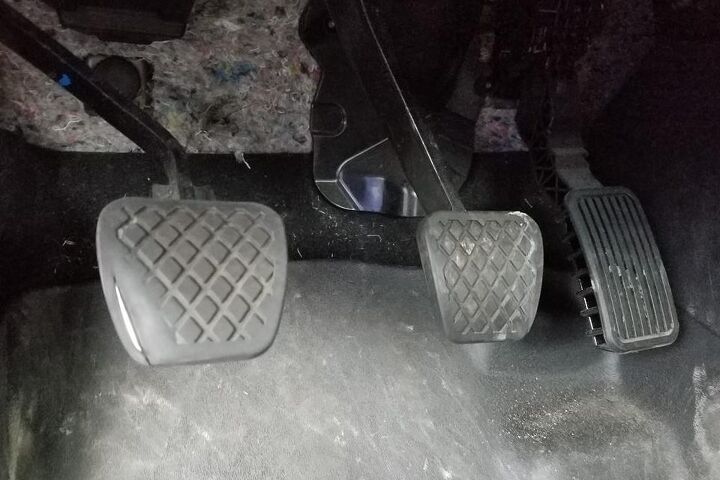












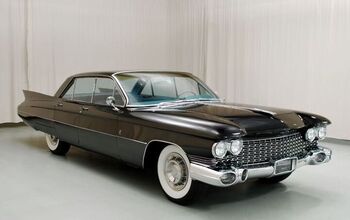
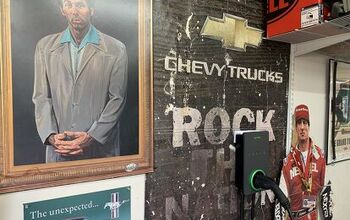

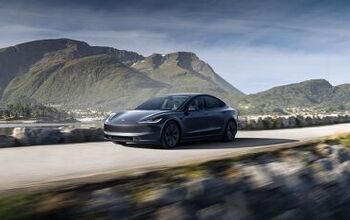




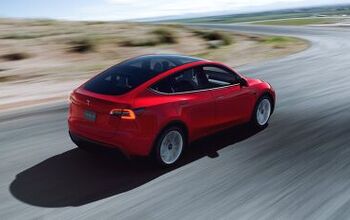

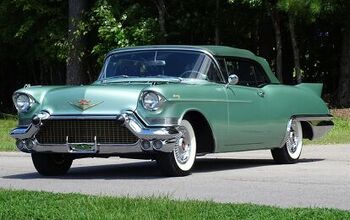
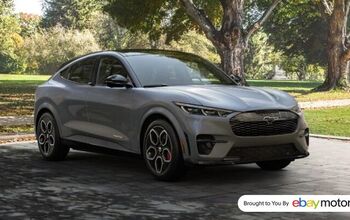

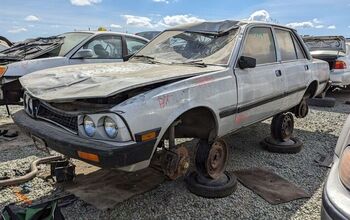
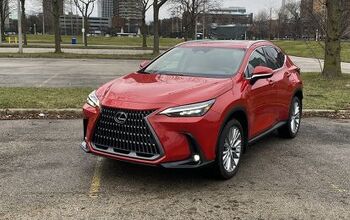



Comments
Join the conversation
For me, it's the perception of quality that isn't there! How much more per car would it REALLY cost Honda to have an interior with the same quality as, say, even the 4th-Gen Accord (1994-1997), much less the one before, 1990-1993? The carpet was reasonable, the mats showed signs of wear by warranty expiration and not after one week of ownership, the plastics had a nice feel, and the seats wore like iron. (Rattles??!! Bwahahahaha!) My 2013 is nice, but the felt where carpet should be, along with materials that scratch if you look at them the wrong way, is just dumb! (And Acura isn't much better!) What is it to get a better interior? $40/car? 'K, then: do it, and raise the cost of the car $100! That profit would go well towards helping to offset the cost of the bribe..VACATIONS given to the auto scribes and their families in order for them to sing the praises of your latest family truckster, given the volume!
"A modern automobile is a miracle." - This is how I feel every time I drive a modern car. Being a bit of a geek, I'm often in awe of how any auto manufacturer is able to build the same reliable car, in a dozen locations around the world, to exacting qualities, needs and standards, with unwavering consistency. Regarding cost of parts, I think it's certainly fallen over time. I saw some service receipts from 1988, and noticed how much the parts cost vs today. Numerically they were the same, $14 PS belt for example, but adjusted for inflation to 2017, it's $30. That same belt can be purchased for $15 in 2017.